With the days getting longer and the weather getting warmer, now is the perfect time to start your own self-sufficient garden. Growing your own fruits and vegetables can provide you with fresh, organic produce year-round, while also granting you a sense of accomplishment as you watch everything come together. Here’s how to get started.
Planning Your Garden The first step in creating your self-sufficient garden is planning it out. You’ll want to consider the size of the garden and what types of crops you plan on growing. Are you looking for a few herbs and vegetables or do you want to grow enough food that can sustain an entire family? Will you be planting in pots or in soil? Once these questions are answered, then it’s time to begin gathering supplies such as seeds, tools, and soil amendments (if needed). Additionally, make sure to research any local regulations that may apply to gardening in your area.
The first step in creating your self-sufficient garden is planning it out. You’ll want to consider the size of the garden and what types of crops you plan on growing. Are you looking for a few herbs and vegetables or do you want to grow enough food that can sustain an entire family? Will you be planting in pots or in soil? Once these questions are answered, then it’s time to begin gathering supplies such as seeds, tools, and soil amendments (if needed). Additionally, make sure to research any local regulations that may apply to gardening in your area.
Planting Your Garden
Once all of your supplies have been gathered and your plan is finalized, it’s time to start planting! Make sure that each crop has adequate space between one another so that they don’t compete for resources like sunlight or water. If applicable, be sure to rotate crops from year-to-year so you don’t deplete the soil’s nutrients. If possible, try using natural fertilizers like compost or manure; these fertilizers are more sustainable than synthetic options and will help keep pests away from your plants. Lastly, don’t forget about companion planting! Certain plants work well together as they help improve growth rate and repel certain pests from attacking other plants in the garden.
Maintaining Your Garden
Now that everything is planted and growing, it’s important to keep up with maintenance tasks like weeding and watering regularly throughout the season. You should set aside some time every week just for tending to your garden; this will ensure that everything remains healthy and productive throughout its growing cycle. Additionally, research ways on how best to store excess produce—canning, freezing/dehydrating food are great methods if done correctly—so that nothing goes uneaten after harvest season ends. Following these steps will help ensure success when starting your own self-sufficient garden this spring!
 Growing a self-sufficient garden is not only rewarding but also helps build skills for not only gardening but living more sustainably in general. When done correctly, homesteading can lead not only a healthier lifestyle but also give consumers more control over their food supply chain without sacrificing quality or taste! For those who are interested in learning more about sustainable gardening practices or ways on how best utilize homegrown produce beyond harvest season—there are plenty of resources available online for further exploration into this fascinating topic! So why wait? Start planning now so you can enjoy homegrown goodness all year long!
Growing a self-sufficient garden is not only rewarding but also helps build skills for not only gardening but living more sustainably in general. When done correctly, homesteading can lead not only a healthier lifestyle but also give consumers more control over their food supply chain without sacrificing quality or taste! For those who are interested in learning more about sustainable gardening practices or ways on how best utilize homegrown produce beyond harvest season—there are plenty of resources available online for further exploration into this fascinating topic! So why wait? Start planning now so you can enjoy homegrown goodness all year long!

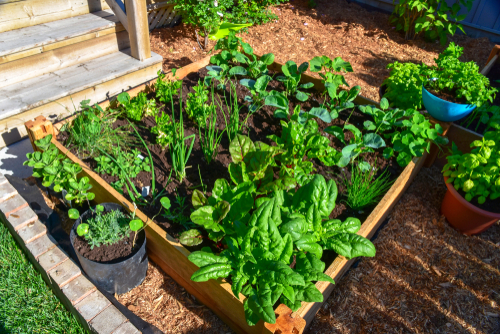

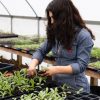

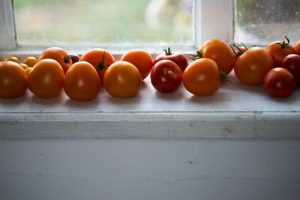

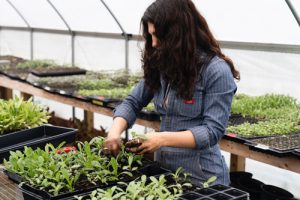
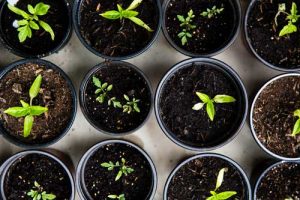
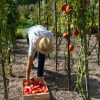
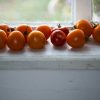
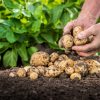
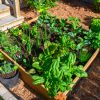
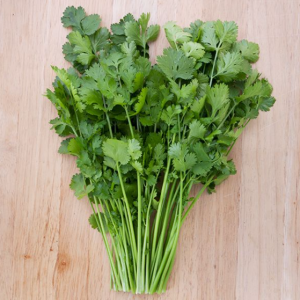
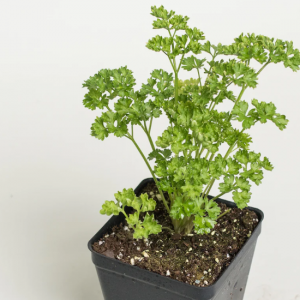
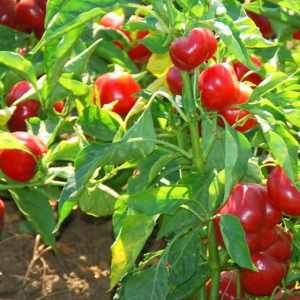
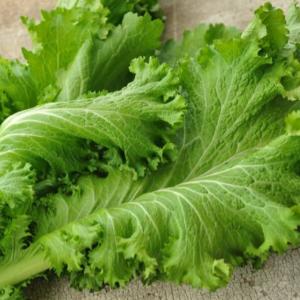
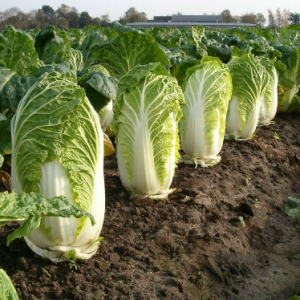
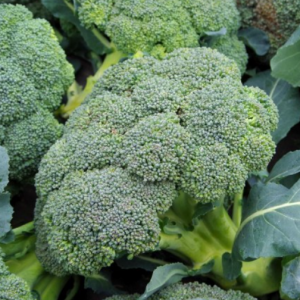
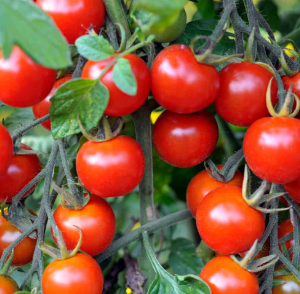
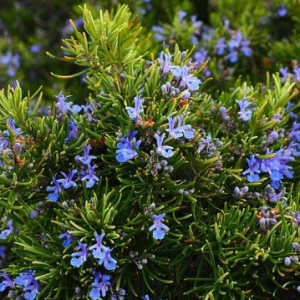
Add comment